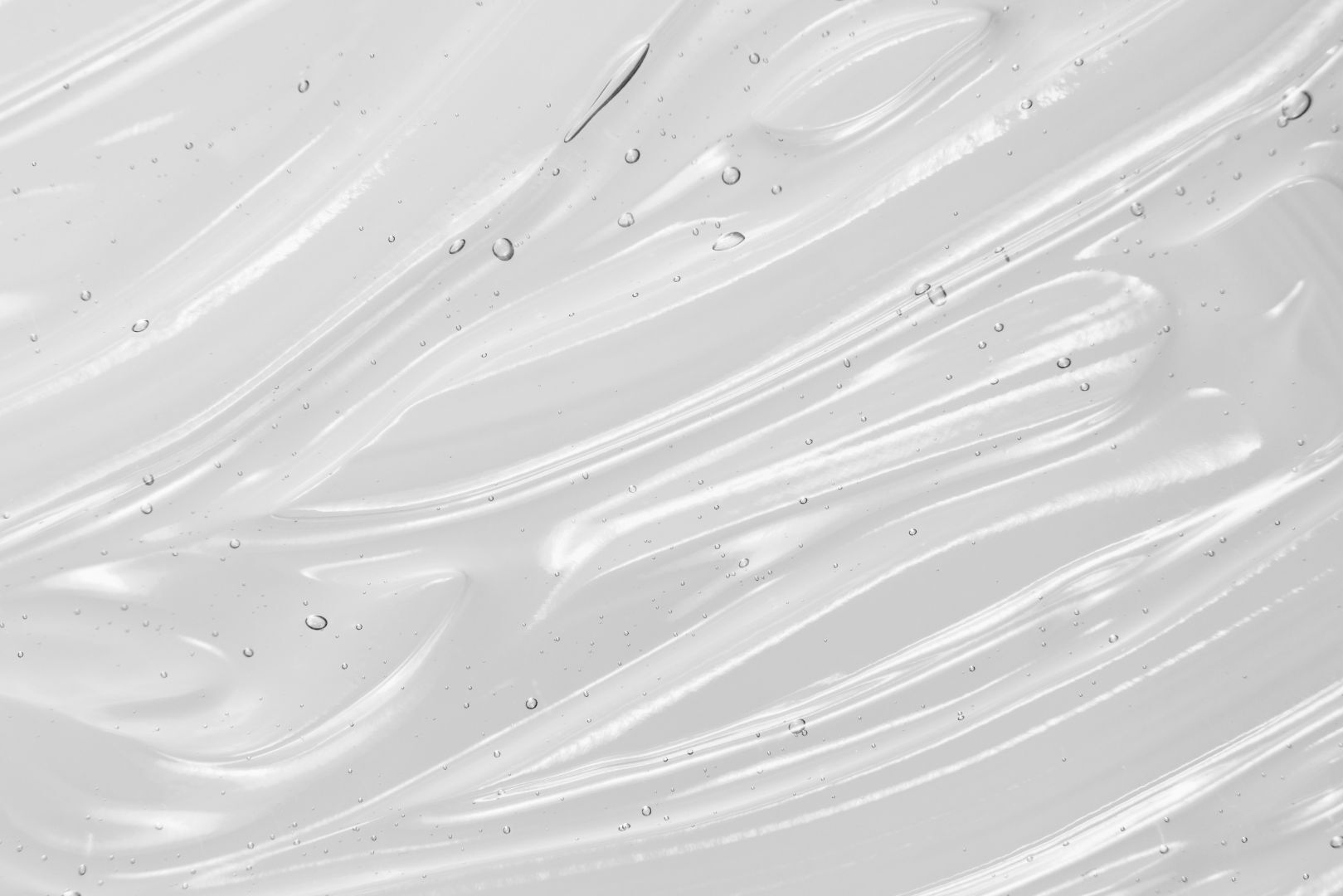

In the world of hydrating ingredients, there is a handful you hear about time after time and get all the buzz (we’re talking about you, hyaluronic acid). But allow us to introduce you to one of the unsung heroes of the bunch—panthenol. Also known as provitamin B5, it's found in a wide array of skin care, as well as makeup and haircare products, thanks to its excellent moisturizing qualities. It functions in several different ways, both as a humectant, attracting water to and holding it in the skin, as well as an emollient, smoothing and softening the skin.
While panthenol rarely earns a starring role in skin care, we think that it's worth seeking out. Ahead, we go over exactly why, and offer up all the other need-to-know details about this mega-moisturizing ingredient.
Panthenol is the provitamin—a precursor, or substance that the body can convert into a specific vitamin—for B5. In this case, when panthenol is applied topically, it’s quickly converted into vitamin B5, also known as pantothenic acid. B5 binds to and holds water effectively, moisturizing the skin and helping it maintain softness and elasticity.
Unlike other common moisturizing ingredients such as hyaluronic acid, panthenol has the added advantage of acting as both a humectant and an emollient. Humectants attract to and bind water to the skin, while emollients seal in the cracks in the skin, keeping that water locked in.
These stand-out moisturizing abilities make it a prime ingredient not only for many skincare products, but also haircare and makeup, too. Panthenol is found in many products for many different parts of the body and may already be in the products you’re using. Seriously, do a quick scan of the staples in your daily regimen and we're willing to bet panthenol is in at least a handful of them.
It has a similar effect on hair as it does on skin, increasing both softness and shine; this is why it commonly pops up in many hair products, particularly conditioners and leave-ins. In makeup, it's used for those emollient and moisturizing qualities. (FYI, if you don't see panthenol on the ingredient label, look for any one of its other pseudonyms. Provitamin B5, butanamide, and d-pantothenyl alcohol are all the same thing.)
Panthenol also gets big points for being well-tolerated by most. It has a GRAS rating (generally recognized as safe and effective), and it's an excellent choice for reducing irritation while also improving skin barrier function. Along with being a great moisturizer, it activates the production of cells that are essential for wound healing and skin barrier-strengthening. (As a quick reminder, the skin barrier is the outermost layer of the skin, playing an essential role in keeping toxins and irritants out, and moisture locked in.)
Benefits of Panthenol For Skin
Alongside its top-notch hydrating benefits, panthenol also has some other noteworthy effects, particularly as it pertains to calming the skin and promoting wound healing.
- Improves moisture retention in the skin: Panthenol penetrates the lower skin layers and imbues water into the cells, retaining moisture deep within the tissue.
- Prevents trans-epidermal water loss: Along with retaining moisture in the skin, it also helps stimulate cells that boost skin barrier function. A strong, healthy, intact barrier locks in moisture and keeps it from escaping.
- Helps with wound healing: Those same cells that boost skin barrier function are also important for wound healing, which is why panthenol is often used to for minor skin injuries. Fun fact: Tattoo artists often recommend that their clients use a moisturizing cream with panthenol after getting a tattoo.
- Delivers anti-inflammatory benefits: Panthenol has been shown to have an anti-inflammatory effect on UV-induced redness, which is why it’s often found in ointments used for sunburns. Similarly, it can also help reduce itchiness for people dealing with dermatitis.
Side Effects of Panthenol
Panthenol is generally well-tolerated by most people. As with any other ingredient, an allergy is always possible, though the likelihood here is low. If you’re concerned, you can always test a small amount elsewhere on your body before applying it all over your complexion.
How to Use It
Panthenol is fairly innocuous in that it plays well with most other ingredients, so maximizing its efficacy has less to do with the other ingredients involved and more with how you use it. It works well on freshly cleaned skin. Try washing your face and using a toner to remove excess dirt and grime, then following that up with a lotion or cream that contains panthenol. Since it's found in a multitude of products, your best bet is to follow the directions for the particular formulation when it comes to determining how many times per day to use it. Though again, because it's highly unlikely to cause any type of irritation, using it even multiple times a day shouldn't pose any problems.
For all natural skin care featuring B5, check out Wild Naturals!


